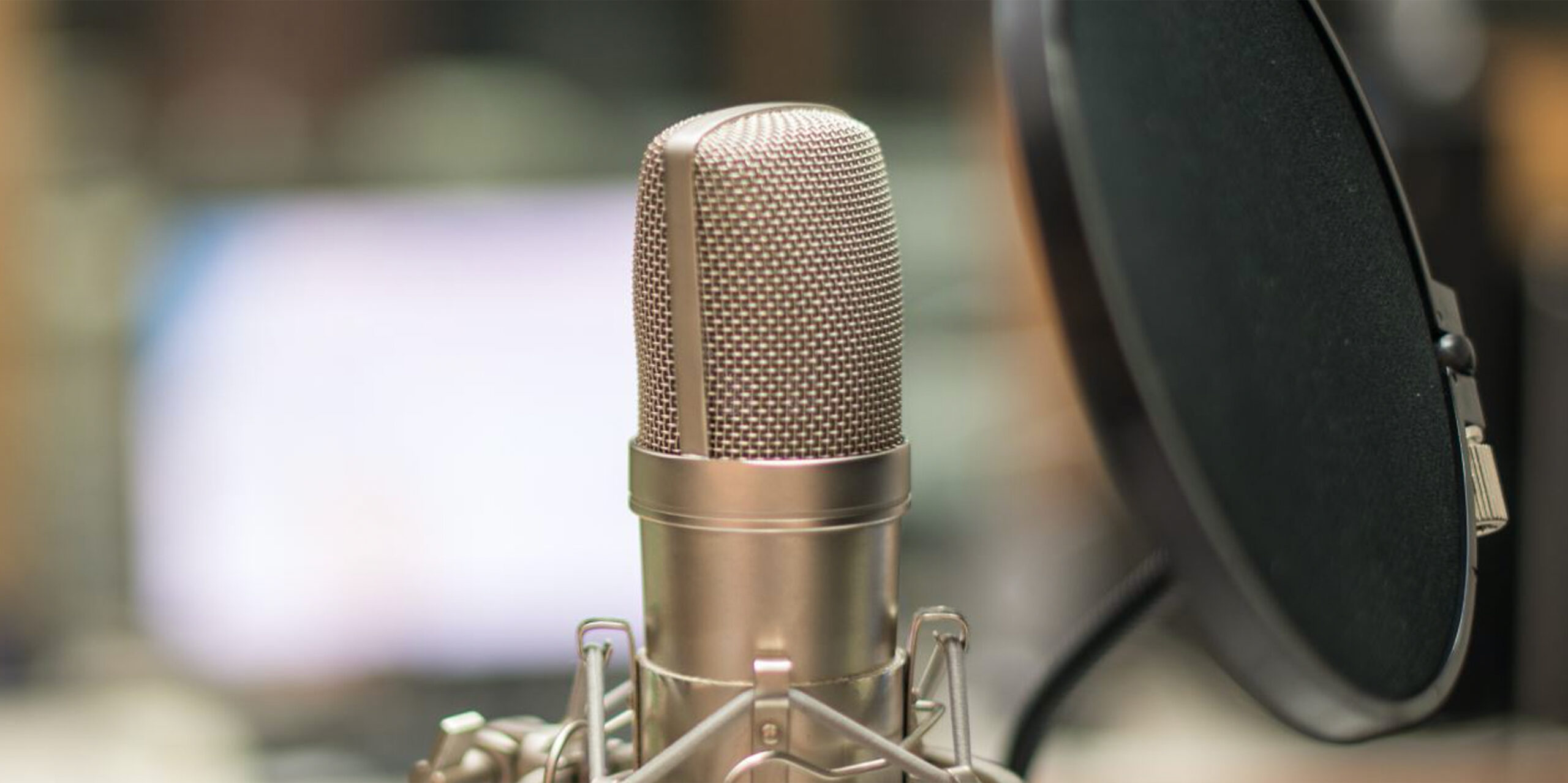It’s no secret that a loud office wreaks havoc on workplace productivity. At the same time, unchecked noise pollution can also have disastrous effects on your health. So, what are some practical things you can do to soundproof and reduce the commotion in your office?
At OLG, we’ve been offering soundproofing solutions with our office products for over a decade now and we’re proud to be an industry leader in this space. One thing we’ve learned is that while there is no shortage of companies offering acoustic treatments – there’s a severe lack of product expertise and placement advice.
For this reason, we’ve compiled the ultimate soundproofing guide for offices. After reading this blog, you’ll have no trouble dampening out the sounds of your pen-clicking colleague in the seat next to you.
Sound Advice
Before we dive into our soundproofing guide, there are a few definitions we need to set straight. Any recording artist or audiophile reading this article will probably already be cursing our lazy use of the word “soundproof” – and technically, they have a point. Soundproofing refers to the act of removing or deadening all sound in a space. You’ll find soundproofing solutions in areas where you want to control both ambient noise and sound leaking in or out of a room. Think hotel rooms and recording studios.
And while pure silence is a positive in areas like this, it’s not ideal for the office. In fact, if it’s too quiet, you can quite literally go insane. Scientists from Orfield Labs in Minneapolis developed an anechoic chamber which, at –9 decibels, was crowned by the Guinness Book of World Records as the world’s quietest room. It’s so quiet, that once inside, people can hear the blood pumping around their heads. It’s an unnerving sensation, one that triggers actual hallucinations in people that spend too long inside.
And how long is too long? The record for someone inside this completely soundproof room is just 45 minutes.
What we’re talking about is sound absorption or acoustic treatment. In other words, methods to dampen and deaden sound within a room. For simplicity, we will use the terms “soundproof” and “sound absorption” interchangeably – but just know that we understand the difference.
Now, when it comes to acoustic treatment, it’s not just a matter of slapping a few foam tiles on the wall. We need to understand how sound waves travel to keep the noise down.
So Loud that it Hertz
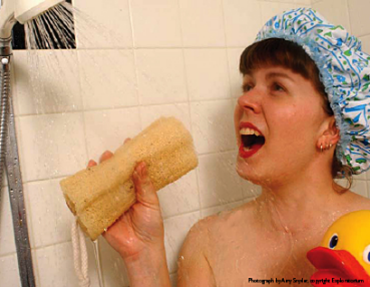
If you’ve ever performed a solo concert in the shower, you’ve probably noticed that it’s one of the only places in the world where you don’t sound like an X-Factor reject. Unfortunately, that full, lush sound you’re hearing isn’t due to your undiscovered talent. You can thank your bathroom’s unique acoustics for the healthy reverb you hear when busting out Bohemian Rhapsody.
But what’s so special about your bathroom?
Well for starters, soundwaves love smooth, hard surfaces. When you sing in the shower, sound waves hit your bathroom tiles and bounce back, reflecting your voice. Now, these sound waves don’t always bounce directly back to your ears. Your voice can continue ping-ponging from walls to ceiling to floor and back again, creating a persistent hum known as reverberation or reverb for short. It helps make your voice seem wider, subtly correcting any off-key notes while giving you that extra power and volume needed for a career in singing.
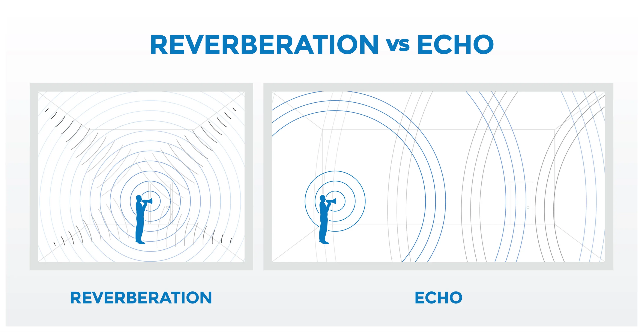
So, what’s the difference between reverb and echo? They’re both audio phenomena caused by bouncing soundwaves – they just do things at vastly different speeds. While reverb is a real-time “hum” caused by reflection on surfaces at a close range, echoes are delayed pulses of sound bouncing off hard objects far away.
Now when it comes to your office, you almost certainly experience both echoes and reverberations daily. Everything from that loud sales call booming from two cubicles away all the way to the sounds of the coffee machine in the breakout room firing up. How loud all this background noise is will come down to how the office is designed and what acoustic treatments have been implemented.
So, what are some examples of practical acoustic treatment?
Self-Absorbed
People go to great lengths to keep their business conversations private – take the Cone of Silence as an example. But if we’ve learned anything from Get Smart, it’s that the most elaborate solutions often don’t work as well as hoped.
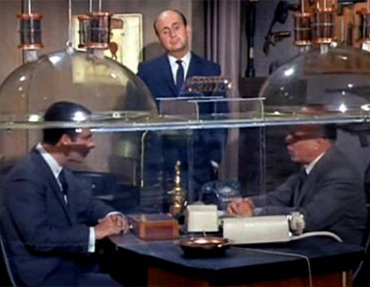
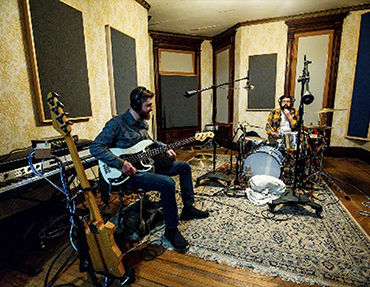
The most effective sound-absorbing material is super simple, inexpensive and way more common than you realize. In fact, you probably have it installed in your office already. Don’t know what it is? I’ll give you a hint, it’s carpet. This noise-dampening material is the OG of low-budget recording studios everywhere and it’s the reason every garage band has an oversized Persian rug on the floor.
But why does it work so well?
Zoom in on any carpet and you’ll see it’s the opposite of a soundwave’s favourite surface. Unlike tiled floors that are solid, flat, and hard, carpet is soft, irregular, and porous. This means that instead of bouncing straight back towards the source of the noise, a huge part of each soundwave stays trapped, endlessly bouncing in your plush pile as it slowly runs out of steam.
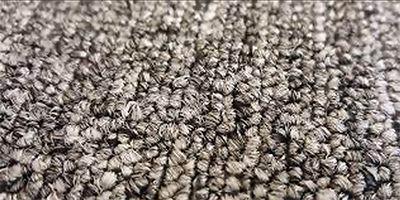

Other sound absorbent materials include mineral wool, carpets, insulation blankets, and certain forms of foam plastic. Keep in mind, that some sound is still reflected from absorbent materials, so despite what your favourite Soundcloud rapper has told you, a mattress isn’t enough to soundproof a space. This becomes even more obvious when you consider that porous sound absorbers are most effective for mid-range frequencies or treble tones. They tend to have less effect on lower frequencies and have minimal effect on bass. In other words, a thick carpet is next to useless if your work colleague blasts electronic dance music for 8 hours a day.
To deal with bass-heavy sounds and lower frequencies, your soundproofing solution must make use of materials that both absorb and diffuse sound waves.

Diffuse with Caution
Sound diffusion refers to spreading sound waves evenly throughout a room. This is typically achieved by using sound diffusers, acoustic diffusers, wood sound diffusers, audio diffusers, or sound diffuser panels.
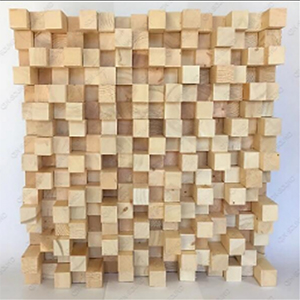
Like absorption, diffusion works by using irregular surfaces to prevent soundwaves from reflecting in a straight line. Taken a step further, most diffusers also have a hollow, air-filled core that captures sound waves. The result is even distribution of the sound throughout the room, reduced overall volume, and the removal of dead spots.
So, we know the different mechanisms of soundproof treatment. We also know some of the various materials that can be used to create a quieter space. But when it comes to placement, where do we place each of these items to maximize their efficacy?
Product Placement
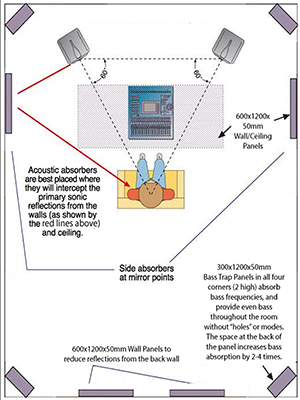
As a rule, acoustic treatment is best placed on surfaces where they will intercept the most amount of audio reflections. Common placement includes the ceiling above a person or audio source, foam bass traps in wall corners, and mirrored diffuser panels on each wall.
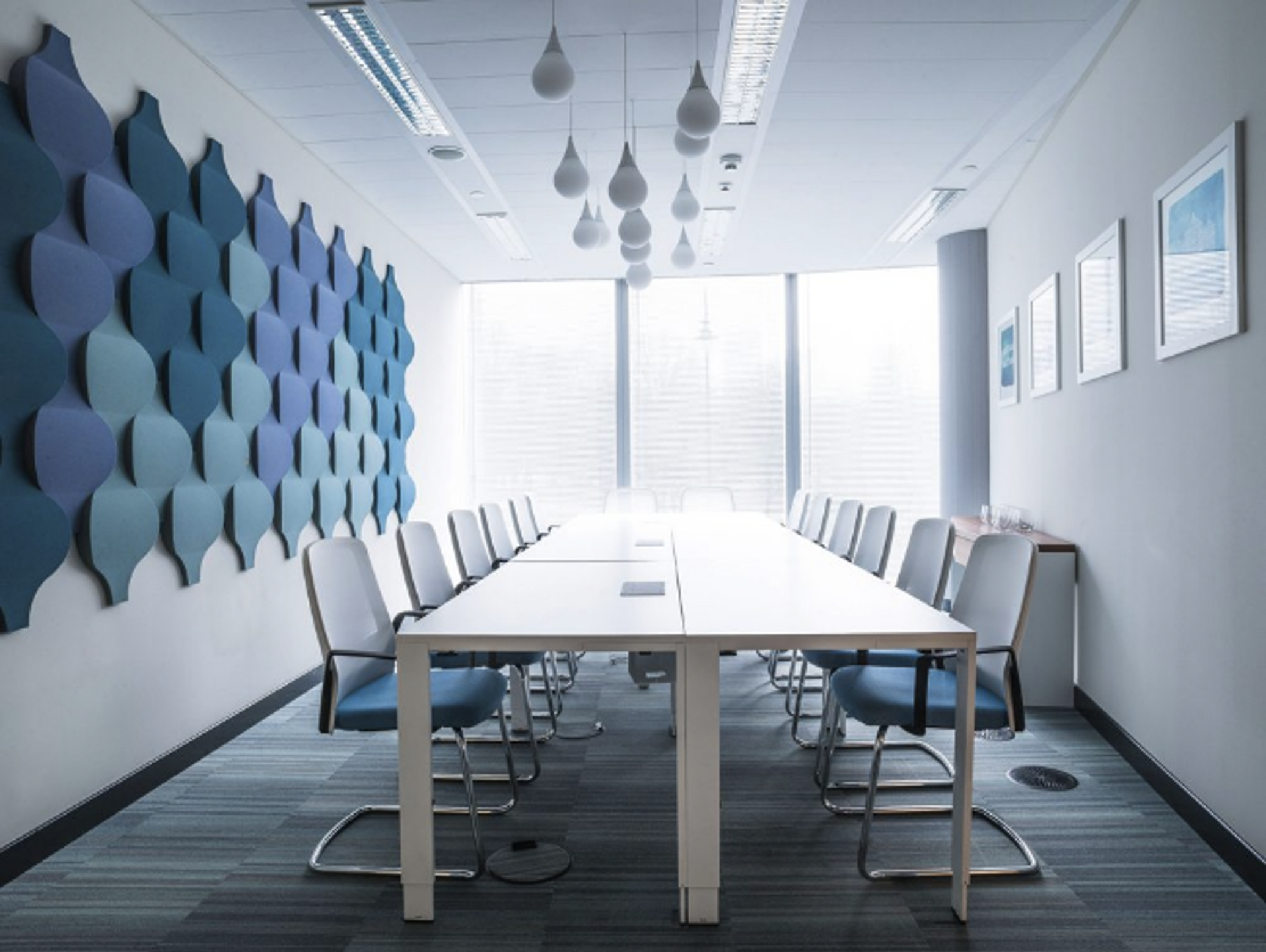
How well they achieve this largely comes down to the design and materials used in these solutions. In most corporate office spaces and call centres, privacy screens, partitions, and dividers make up the bulk of acoustic treatment. These act to absorb and diffuse sound within smaller areas of the larger room.
How well they achieve this largely comes down to the design and materials used in these solutions. Hollow partition screens can cause a metallic hum when soundwaves travel along the metal brackets. Poorly secured panels or paired diffusers that don’t sit on mirrored points can cause audio superposition or “loud spots” in certain parts of the room.
Planning and placing acoustic treatment in your office should always be done by a professional, and at OLG, we’re an industry leader in corporate soundproof solutions.
We’re Only a Call Away
If the sound of your collague slurping their lunch is causing you to have a nervous breakdown, you shouldn’t have to suffer in silence. (Ironic pun intended.) Get in touch here or give us a call on 02 8188 2732 and we’ll get to work.
Want to keep reading? Find out what’s new with OLG or head over to the OLG Learning Centre. There you’ll find a curated archive full of educational articles and industry content, all completely free to use.
Download PDF